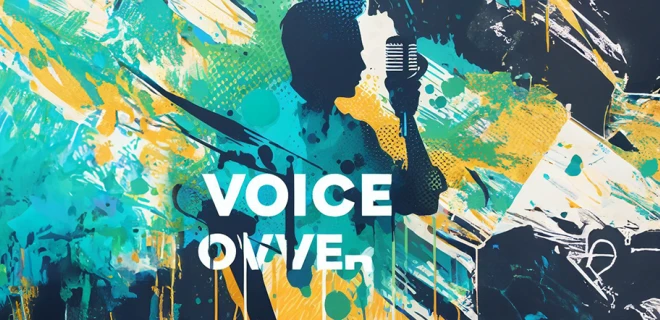Deciphering the Enigmatic Navi Language
The Navi language, a fictional and enigmatic tongue spoken by the Na'vi people in James Cameron's blockbuster film "Avatar," has captivated the imagination of audiences worldwide. In this article, we'll embark on a linguistic journey to explore the unique characteristics and intricacies of the Navi language, uncovering its origins, grammar, and its role in the world of cinema.
The World of Pandora and the Na'vi
To truly understand the Navi language, we must first delve into the lush world of Pandora, where the Na'vi live in harmony with their environment. The creation of this fictional world required the development of a unique language that reflects the culture, beliefs, and intricate ecosystem of the Na'vi people.
Constructing a Linguistic Marvel
The Navi language was meticulously crafted by linguist Dr. Paul Frommer, who designed a comprehensive linguistic system that includes a grammar structure, vocabulary, and phonetics. Frommer's goal was to create a believable language that could be spoken fluently by the actors and resonate with the audience.
Unique Linguistic Characteristics
Navi boasts several unique linguistic characteristics, such as a rich system of infixes used to convey tense, aspect, and mood. The language is agglutinative, which means that words are built from smaller meaningful units or morphemes. This structure adds depth and complexity to the language.
The Significance of Sound
In the Navi language, the sounds themselves are rich in meaning. For instance, the sounds "ts" and "k" are often associated with physicality and intensity, while "m" and "n" are softer and represent connection and community. These phonetic choices are deeply intertwined with the Na'vi culture and environment.
Navi in Cinema
The use of the Navi language in the film "Avatar" goes beyond a mere linguistic construct. It serves as a storytelling device, immersing the audience in the world of Pandora. The language adds authenticity to the narrative, allowing the audience to connect more intimately with the Na'vi people.
Deciphering Navi
While the Navi language may seem complex at first glance, it has piqued the curiosity of many fans. Language enthusiasts and fans of the film have taken it upon themselves to learn Navi, further expanding the linguistic community surrounding this fictional tongue.
Beyond "Avatar"
The influence of the Navi language reaches far beyond the confines of the film. It has sparked interest in constructed languages (conlangs) and the art of world-building. Linguists and language enthusiasts have found inspiration in the creation of Navi, leading to the development of other conlangs.
Conclusion
The Navi language, born out of the creative genius of linguist Dr. Paul Frommer, is more than just a fictional construct; it's a living testament to the power of language to shape our perception of a cinematic world. Its intricate grammar, unique phonetics, and cultural relevance have left an indelible mark on the world of cinema and linguistic exploration.
FAQs
1. Who created the Navi language?
The Navi language was created by linguist Dr. Paul Frommer.
2. What are some unique linguistic characteristics of Navi?
Navi features a rich system of infixes for tense, aspect, and mood, and it's an agglutinative language, building words from smaller morphemes.
3. How is the Navi language used in the film "Avatar"?
The Navi language is used to add authenticity to the narrative, immersing the audience in the world of Pandora and allowing them to connect more intimately with the Na'vi people.
4. Has the Navi language inspired the creation of other constructed languages?
Yes, the creation of Navi has inspired other linguists and language enthusiasts to develop their own constructed languages.
5. Can I learn the Navi language?
Yes, there are resources available for those interested in learning the Navi language, and a community of enthusiasts eager to share their knowledge and passion for the language.










